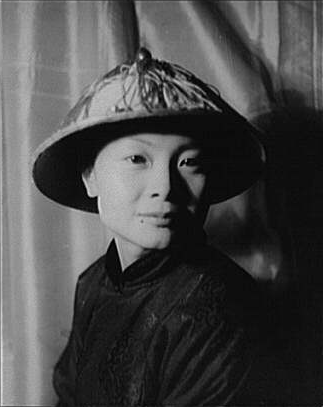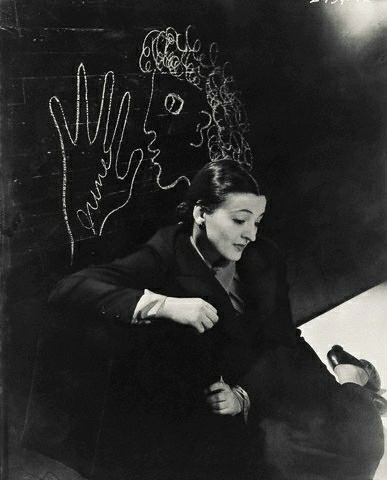For Women’s History Month, GO is celebrating LGBTQ women we wish we could have learned about in high school history class.
Chinese-American writer, painter and performer Mai-Mai Sze was the daughter of a Chinese ambassador to England and the the United States, so she spent her childhood between Great Britain and Washington D.C. Later, she attended Wellesley College and began a career as a landscape painter, but she became well-recognized for the portrait she drew of playwright Eugene O’Neill that has famously been reproduced for books, playbills and in print publications. By the mid-1930s, she also performed on Broadway as the narrator in “Lady Precious Stream,” a romantic and comical Chinese show written by S.I. Hsiung.

As a writer, Sze published a novel (“Silent Children” in 1948″) as well as non-fiction (“The Tao of Painting” in 1960) and an autobiography (“Echo of a Cry: A Story Which Began in China”). She also contributed book reviews to the New York Times and became a columnist for the New York Post, but kept painting, with her work being displayed in major galleries of Europe and the United States. She was also photographed by some of the world’s most famous photographers and was featured in “Vogue.” In her spare time, she advocated for war relief and foreign relations with China.
Sze had a romantic relationship with Academy and Tony Award-winning costume designer Irene Sharaff (“The King and I,” “West Side Story”), though the two weren’t very public about it while they were alive. Sze passed away at the age of 82 in 1992; Sharaff died a year later, leaving both her collection of books as well as those of Sze to the New York Society Library. (Interestingly, both women’s New York Times obituaries are devoid of the other.) The Journal of History and Ideas writes on why they might have kept so private about their partnership:
From the mid-1930s until her death, Mai-mai Sze and the costume designer Irene Sharaff were a devoted couple; every person I’ve interviewed about Sze has used that word to describe the relationship. They lived together in New York in an apartment on 66th Street, and Sze always accompanied Sharaff to filming locations in Hollywood and all over the world. We find evidence of this in Sze’s correspondence, and even in her reading. Many books survive with loose sheets of notes written on stationery from the Beverly Hills Hotel, and her surviving correspondence often describes her travels with Sharaff. Sharaff’s letters make frequent mentions Sze, and they often signed letters to friends together. Jeannette Sanger, the owner of the now-closed Books & Co., described how the couple always appeared together not only at the store but also at literary parties. They were inseparable and their love and admiration for one another was apparent to everyone who knew them. Despite the fact that they were well-known as a couple, however, neither makes any mention of the other in their published work. Both Sze and Sharaff published autobiographies: Sze’s covers her childhood, and Sharaff exclusively writes on her work as a designer. Neither mentions the other anywhere in the texts. In both women, we find an intense separation between the person they presented to the public, and private life they lived together.

Both women came of age in the late 1920s and ’30s, times that saw a major shift in the perception of lesbianism in America. While the ’20s were a time of greater sexual freedom across the general population because of the mainstream acceptance of Freudian psychology, it was also the first time that lesbianism was described as a disease. In the 1930s, the idea of homosexuality as an illness was broadly accepted across the medical community and also in some areas of popular culture, like pulp fiction and the theater. Times continued to change, and throughout their lives these women witnessed seismic shifts in perceptions of homosexuality.
Both Sze and Sharaff were cremated, and their ashes are buried close to The Music and Meditation Pavilion at Lucy Cavendish College, which they donated money to help build. Specifically, they can be found “under two halves of the same rock beside the Pavilion’s entrance.”

What Do You Think?